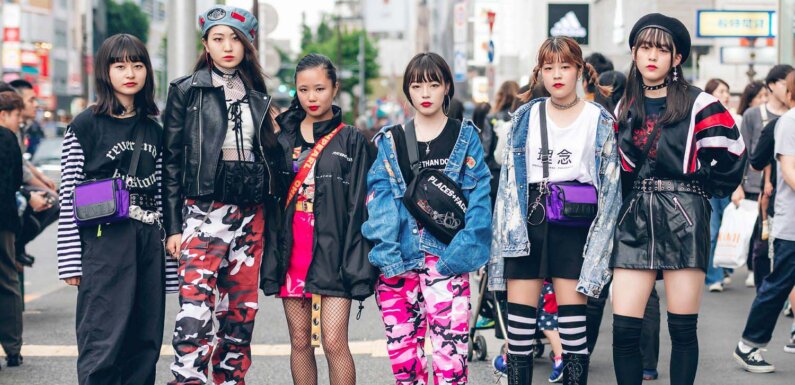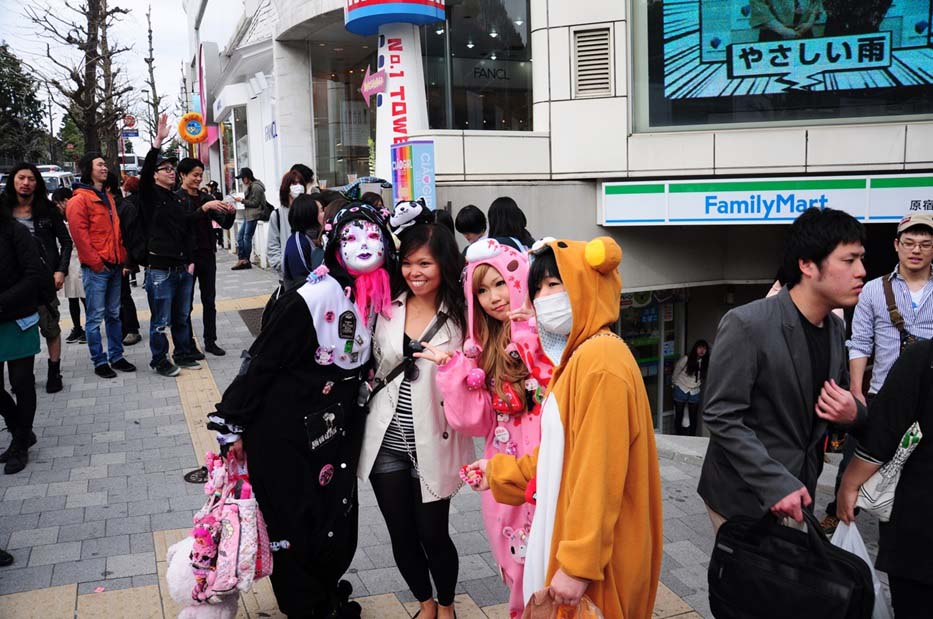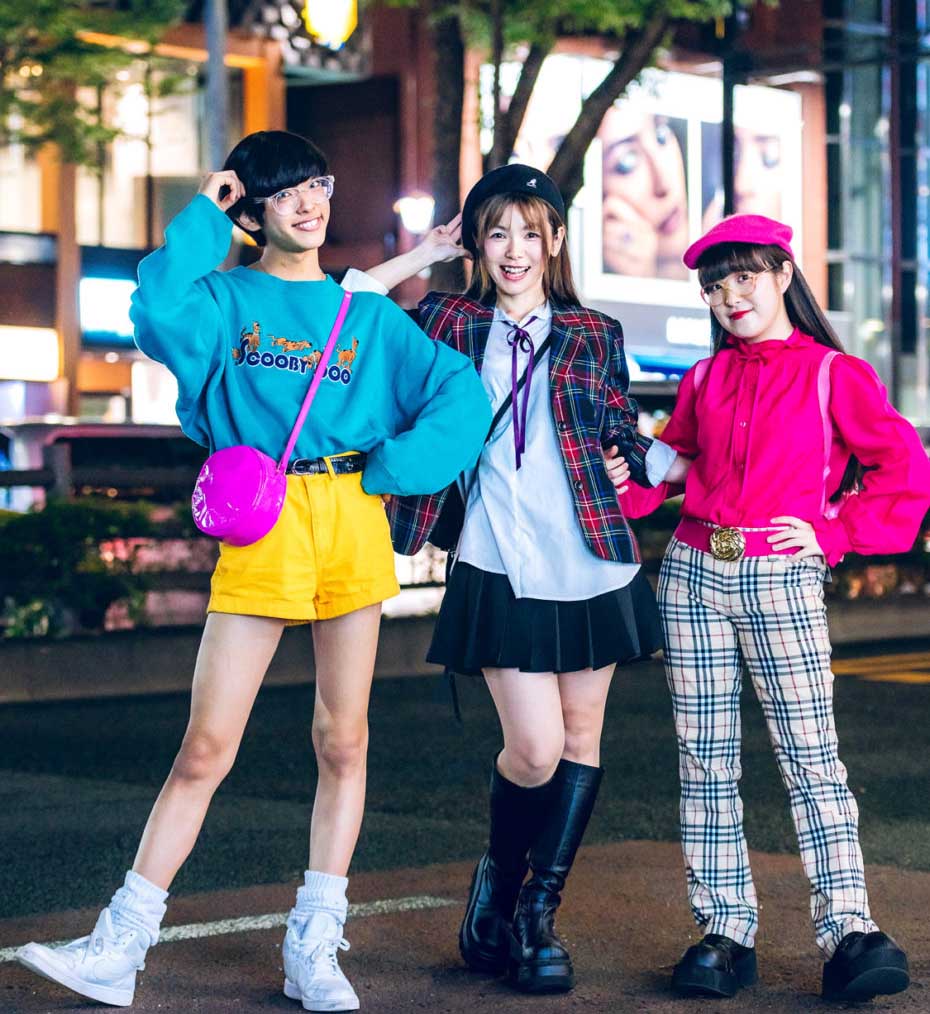
In recent years, Japanese street fashion has become increasingly iconic around the world. This is largely thanks to the international streetwear fashion craze that took over in the 90’s and only gained traction from there. While this trend was booming in places like London and New York, Japan pulled influences from all these major cities and put their own spin on it, launching them into the world of street fashion.
Not only did this put Japan on the map in the fashion industry, but they soon became the monopoly on the streetwear scene. Now, some of the best Japan fashion brands, such as A Bathing Ape (BAPE), NEIGHBORHOOD, and UNDERCOVER are coming out of none other than Tokyo.
But the residents of Tokyo were not the only ones to benefit from this spike in popularity. Japanese fashion designers too have begun to make waves in the fashion industry leaving their mark on the streetwear scene. Japanese designers have not only gained popularity in the fashion industry, but international followings as well.

From geisha tea ceremonies to cosplay expos, Japan never fails to embrace old traditions with contemporary style. Rising out of this culture collision came to a new and diverse fashion scene that is forever changing with the times.
While many Japanese fashion designers are eager to take to the international catwalks, the street fashion of Japan is what it’s all about. With exciting new designs each season, and new designers popping up every year, Japan is now home to a wide array of diverse fashion trends that makes the shopping here alone a cultural experience. I
n order to fully understand and appreciate the Japanese street fashion, we must first zoom in to the Harajuku district which can be found in Tokyo.
Harajuku Fashion District
The Harajuku fashion district is the mecca of all street fashion. This small four-square block shopping district was originally an ideal shop for new designers and clothing shops for its easy access. It is out of the way from the urban hustle and bustle of Tokyo, but still an easy trip for shoppers.
This small little oasis used to be Japan’s best kept secret until Jun “Jonio” Takahashi and Tomoaki Nagao or “Nigo” changed the game forever. Jonio and Nigo opened a flagship store in Harajuku called NOWHERE. NOWHERE truly lived up to its name as the store was not marked and extremely hard to find for new shoppers. In fact, many walked right by the store in attempts to find it during their first visit.
Aside from their new, innovative designs, it was this exciting, secretive designer store that made consumers so drawn to it. The store soon gained popularity and soon NOWHERE was everywhere. It was thanks to this store that streetwear really gained its traction in Japan. After a few years, the two decided to split the store in half.

One side would remain as the NOWHERE brand, and the other side would serve as a trendy new graphic t-shirt shop. This t-shirt shop was the beginning of A Bathing Ape (BAPE) and many argue that it was this streetwear brand in particular that helped the Harajuku district gain so much international popularity.
Now, A Bathing Ape is one of the most sought after streetwear fashion brands in Japan, the United States, and other major cities all around the world.
But A Bathing Ape wasn’t the only thing to take flight in Japan. Harajuku is now a widely popular district that has expanded beyond it’s four-square blocks. What’s more is now Tokyo is creating pockets of fashion districts all around the city – each varying in style, influence, and flair. Now, many up and coming fashion designers are finding hope in the streets of Tokyo as they work to launch new trends. It was thanks to this movement that inspiration was born.
DIY Fashion – The New Wave
Throughout the 90’s and up until today, Harajuku remains the streetwear fashion capital of the world. While many versions of streetwear gained popularity in this small district, all varying in style and cultural influences, they all had one thing in common – DIY fashion. Now, this is a trend we’ve actually seen in Japan for a while. As Japan broke into streetwear, a lot of their clothes were handmade in order to achieve the aesthetic they were going for. Now that the fashion industry has turned their attention to Harajuku, they are also turning to the idea of DIY fashion.
From ripped jeans, sewing unique pieces of garments together, and hand-dying fabrics, the Japanese streetwear scene has always been determined to make things their own. Now, many popular designers from all over the world including Nigo and Virgil Abloh, are encouraging everyone to focus their creativity into their fashion to make it completely unique and one of a kind. Now, developing new clothing means pulling inspiration from all different kinds of lifestyles and backgrounds and putting your own spin on it as a creative form of self-expression.
